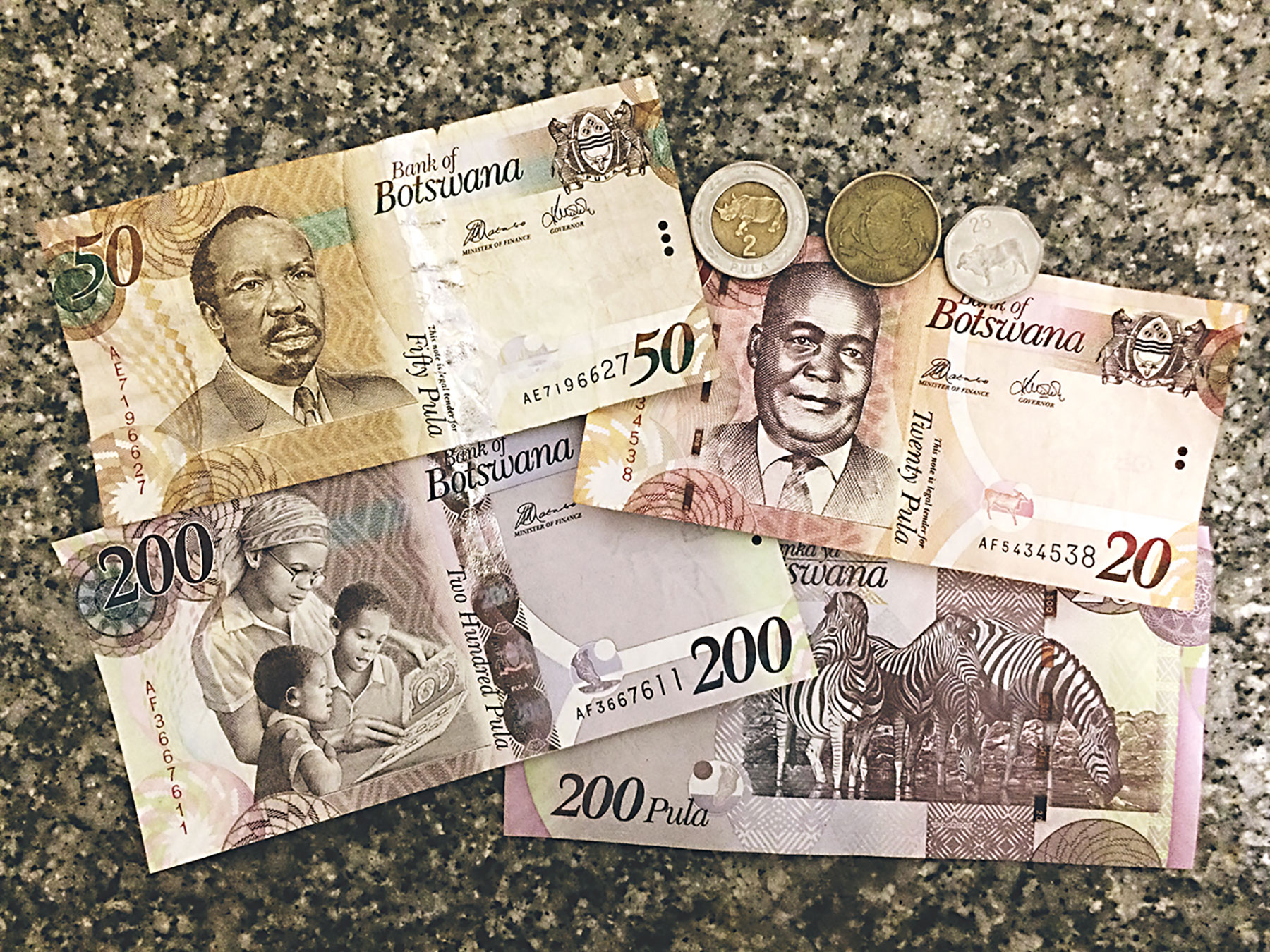By Staff Writer
Copyright businessweekly

Botswana’s foreign reserves have come under growing pressure, falling to P45 billion (US$3.2 billion) as of June 30, 2025, down 27.4 percent from P62 billion (US$4.5 billion) a year earlier.
The decline, highlighted in a report by U.S.-based credit rating agency S&P Global, reflects collapsing diamond revenues, deteriorating public finances, and a rapid erosion of foreign exchange reserves. The agency downgraded Botswana from BBB+ with a negative outlook to BBB, maintaining a negative outlook.
“With rising debt and eroding external buffers, the new government’s fiscal consolidation and efforts at preserving foreign exchange reserves will likely be challenging in the face of weak global diamond demand,” S&P Global said.
The report noted: “Given balance-of-payment pressures, Botswana’s foreign currency reserves, including the Pula Fund, declined to $3.2 billion as of June 2025 from $4.5 billion at the end of June 2024.”
S&P Global added: “We expect reserve levels to continue to weaken slightly, falling to $3 billion by the end of 2025 and remaining broadly at that level over the next few years as the Bank of Botswana prioritises trying to preserve reserve levels.”
The agency warned that “a lack of supply of foreign currency into the market is putting downward pressure on the pula, and we expect the central bank to increase the downward rate of crawl further and to widen trading bands even further to contain foreign exchange erosion.”
It said the current crawling peg exchange policy framework, with a 50 percent weighting to the South African rand and 50 percent to the IMF’s special drawing rights, remains unchanged. However, the rate of crawl was raised in July 2025 to 2.76 percent per year from 1.51 percent, while trading bands were widened from ±0.5 percent to ±7.5 percent for the remainder of 2025, resulting in a depreciation of the exchange rate.
S&P Global also noted that Botswana’s general government debt remains low relative to peers but is rising rapidly due to sizable fiscal deficits. Current account deficits and other external pressures have eroded Botswana’s historically strong net creditor position. From 76 percent of current account receipts of gross external assets in 2021, the country is projected to shift to net external liabilities of 8 percent of GDP by 2028.
The report said that a high volume of government debt issuances in the domestic market will continue to increase the government’s interest burden. However, the overall effective interest rate, while rising, is expected to remain broadly contained. As a share of fiscal revenue, the government’s interest bill is projected to average 7 percent in 2025-2028, up from a historical average of 2 percent. S&P Global said this contained increase is partly due to the share of external concessional debt in the debt mix and strong demand for domestic issuances from Botswana pension funds, which have increased the domestic component of their portfolios.